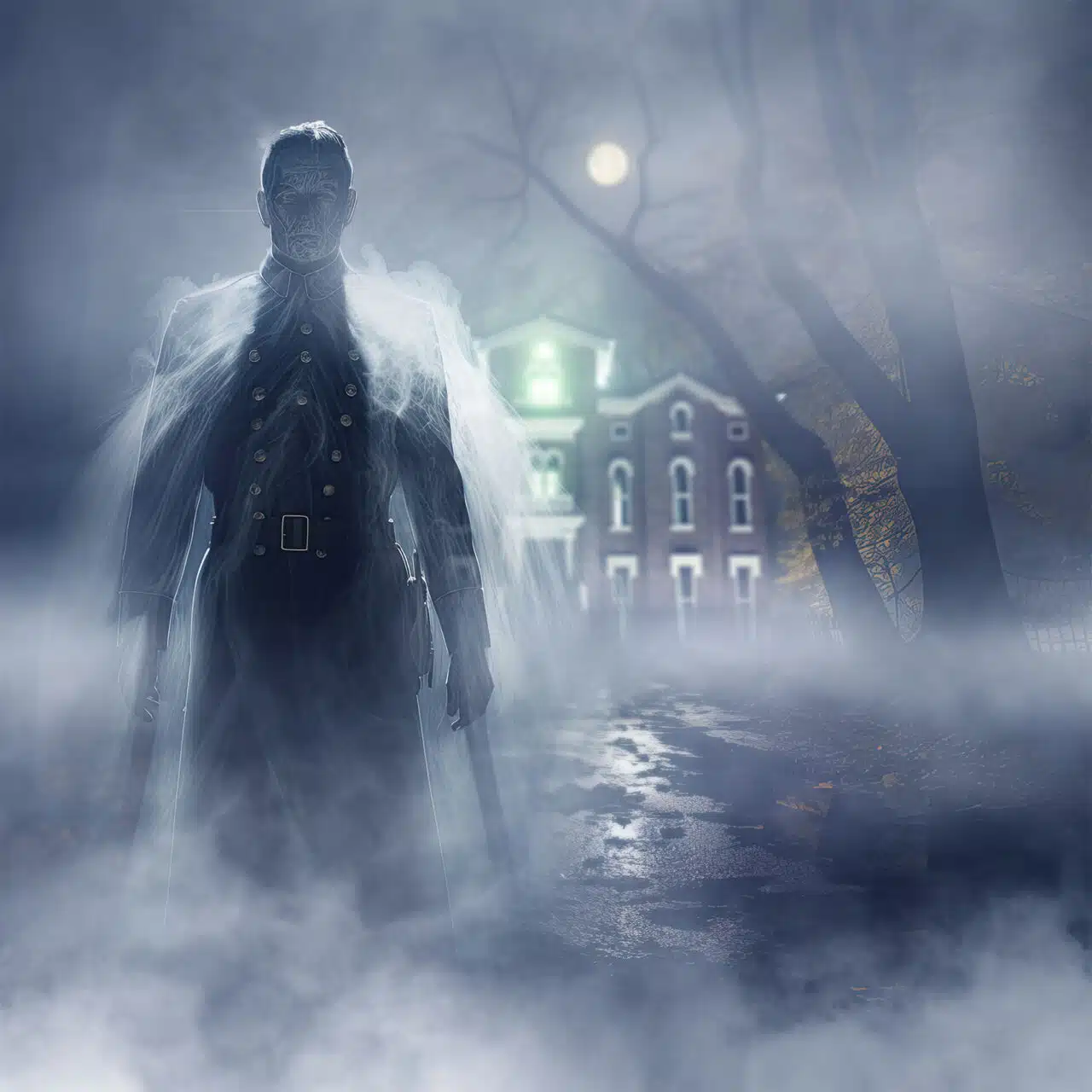The imposing red brick mansion atop a hill just outside of Richmond is a fitting palace for the American royalty who called it home for nearly a century.
White Hall, the Italianate-style villa filled with heirloom and period furnishings, is today a Kentucky Historic Site, but in the 19th century was home to Cassius Marcellus Clay.
During his long life (he lived to be 93), Clay played many roles – firebrand Transylvania student, lawyer, politician, radical emancipationist, newspaper editor, dueler and brawler extraordinaire, foreign emissary, scandalous rogue and friend of presidents and czars. Most of these roles were played out with White Hall’s elegant parlors, dining rooms and boudoirs serving as the stage.
The 44-room mansion is among the Top 3 visitor attractions in Richmond, and with good reason. If these walls could talk, what stories they would tell.
They would start with the time that Clay, aged 33 and already a fierce opponent of slavery, was set upon by a hired assassin and shot in the chest. Although seriously wounded, Clay defended himself aggressively.
Using his Bowie knife (still on display in the house), he cut off the attacker’s nose and cut out his eye.
Fast forward nearly half-a-century, and they would tell a different story (but with the same theme) of how Clay, aged 89, would engage in his last duel.
Dressed in his nightshirt, he was reading in the library when three men broke in through the sun porch. Putting his book aside, Clay shot the first man who died on the library floor, and stabbed the second, who made it as far as the icehouse before succumbing. The third man, exhibiting more brains than bravado, beat a hasty retreat.
During his eventful life, scandal dogged Clay as relentlessly as did violence, and White Hall was the scene of many of his peccadillos.
The drawing room must have echoed with the heated arguments between Clay and his first wife Mary Jane, mainly over her extravagance and his shenanigans during his time as an envoy at the Russian Court. It appears Mary Jane was particularly livid over the young boy he returned home with, claiming to have “adopted” him.
Just as his fighting skills carried over into Clay’s twilight years, so too did the scandals. From the first floor entrance hall, an 84-year-old Clay, armed with a loaded cannon, held off a posse sent to rescue his second wife, a 15-year-old girl, whom they believed he was holding against her will (he wasn’t).
With all of this going on here during Clay’s lifetime, it’s not surprising that his ghost (albeit a tamer version of when he was alive) still lingers in the corridors.
Instead of adding to his body count, Clay’s hauntings are much more benevolent. Visitors have reported seeing ghostly candle lights; hearing mysterious noises, and even smelling unusual odors.
Tour guides say doors and shutters open and close themselves, furniture moves without assistance, and music comes from a piano that no longer works.
The hauntings have earned White Hall a spot in the state’s current Kentucky After Dark Campaign. The campaign features a roster of the commonwealth’s spookiest sites, and will continue through the end of the year.
Note: If you want a White Hall stamp in your Kentucky After Dark passport, you will have to visit before November 1st when the mansion closes for the year.
For more information on White Hall Historic Site, go to visitrichmondky.com.
